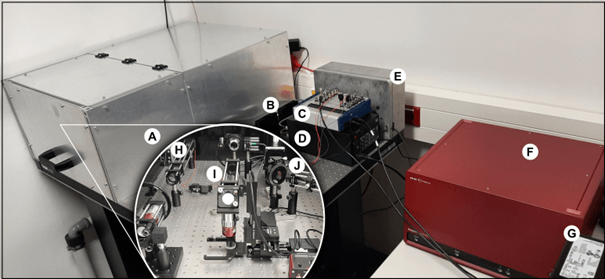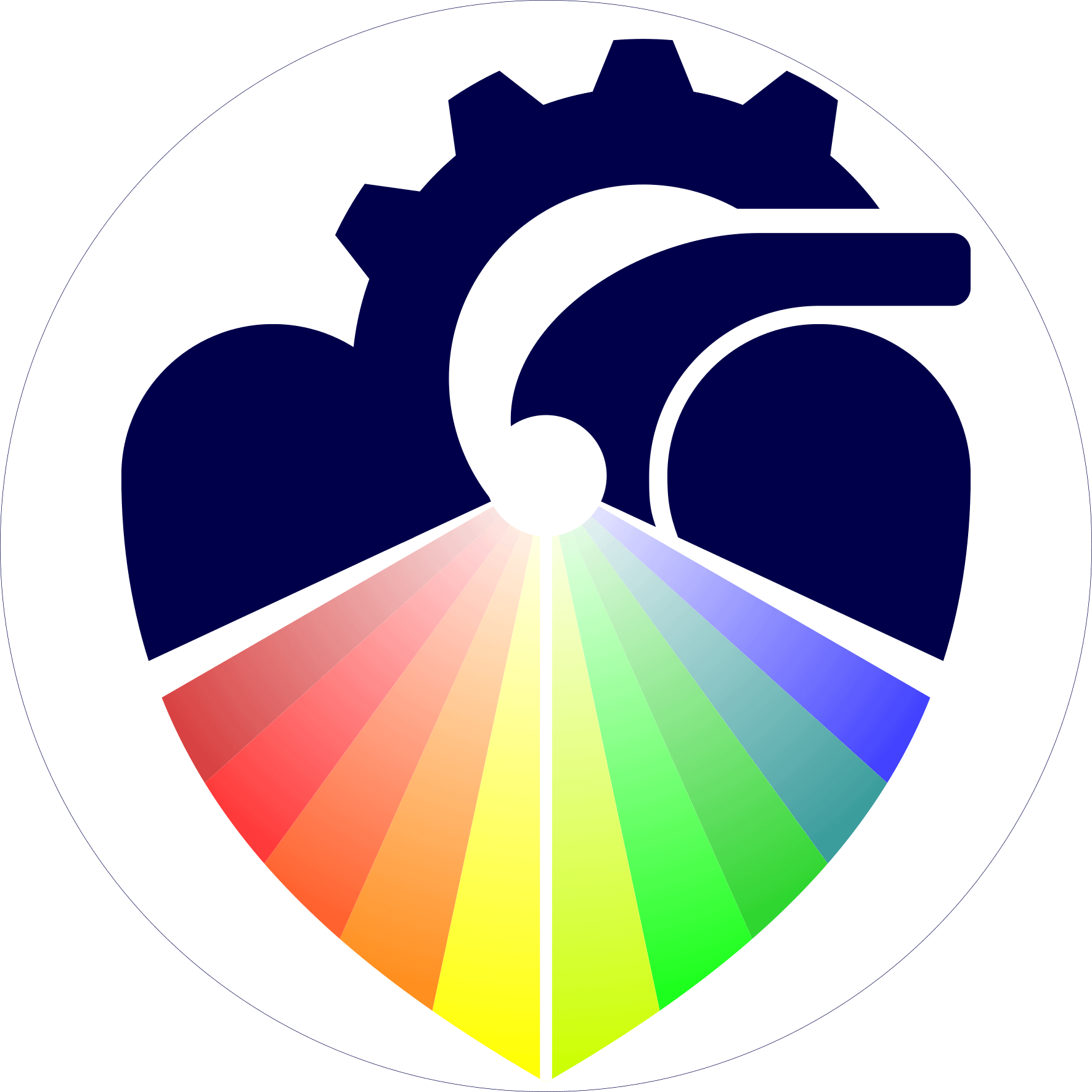2022 – 2023
Master’s thesis
on the topic:
“Structure of an SD-VIS-OCT system”
&
“Development of the signal acquisition architecture, system synchronization and data processing of an optical coherencecoherence tomography system in the spectral domain of the visible range (SD-VIS-OCT)”
Calvin Kreft & Konstantin Gramatte
People have always been looking for ways to uncover and visualize structures that are invisible to us in a world of tiny details. Optical coherence tomography (OCT) in particular has recently become increasingly popular among researchers due to its wide range of applications, advantages and considerable future potential.
It is an imaging technique for generating two- and three-dimensional images of depth profiles in organic and non-organic media. OCT works in the same way as ultrasound imaging (sonography), although light is used as the information-carrying medium instead of sound. Due to the high axial resolution of around 0.5 μm to 15 μm and a relatively high penetration depth of 1-3 mm, depending on the central wavelength and the coherence properties of the light, this method offers a wide range of possible applications, including in gastroenterology, gynecology, pneumology, urology, cardiology and ophthalmology.
Due to clinically relevant source properties, near-infrared (NIR) is the most common field of application for commercial OCT devices. However, the aim of this work was to develop a single OCT setup in the visible range of the light spectrum (VIS for short) in order to achieve higher resolutions. The design was based on the realization of spectral domain OCT (SD-OCT), whose analysis speed is many times faster than that of related methods.
Recent publications have already achieved promising results, so this project aimed to build on this success by constructing a professional VIS-OCT setup with subsequent experimental investigations to qualitatively assess the imaging.

The ultimate goal of this research work was the high-resolution depth imaging of biological samples. Due to the scope and complexity of this project, the topic was divided into two separate theses.
Calvin Kreft’s work mainly dealt with the design of the optical system and its adjustment. Due to the device protection class to be taken into account, the extensive examination of the measures for precautions and mechanisms introduced with regard to laser protection was also included. This was followed by considerations on system quantification, i.e. the evaluation of theoretical and practical limitations.
The focus of Konstantin Gramatte’s final thesis, on the other hand, was on the acquisition of spectroscopic data, the synchronization of electronic system components and the establishment of optimal image processing to enable multidimensional sample representation. An intuitive user interface was also created in order to fully control the complex system on the software side.


